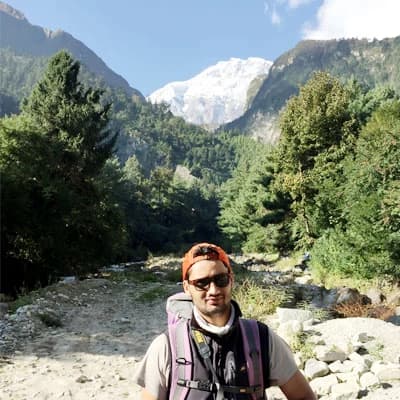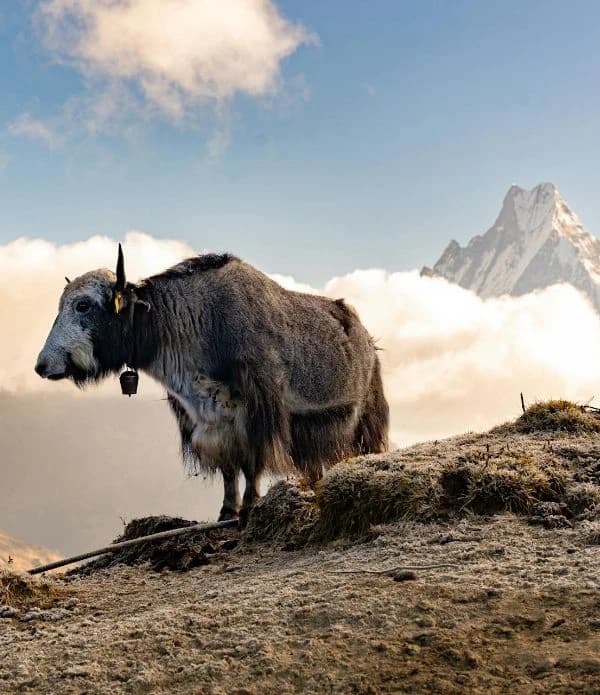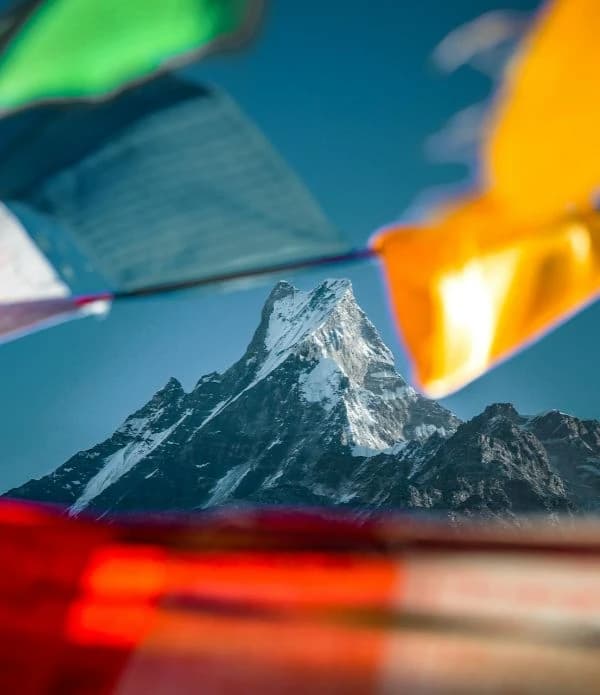Trekking in Nepal is no longer just for seasoned adventurers. It is for families who want to explore, connect, and share a meaningful journey in one of the most breathtaking places on earth.
Trekking with Kids in Nepal: A Family Adventure Guide
In recent years, trekking with kids in Nepal has become increasingly popular. The trails are more accessible, and guides are well-trained to support families every step of the way. With its natural beauty, rich culture, and welcoming people, Nepal offers a safe and unforgettable adventure for travelers of all ages.
This guide will help you plan the perfect family trek in Nepal. You’ll discover the best routes, essential safety advice, and cultural experiences that make the journey enriching for both parents and children.
Why Trekking with Kids in Nepal is a Unique Experience
Trekking with children transforms a typical Himalayan hike into something magical. It’s more than reaching the next viewpoint. It’s about the little discoveries along the way — spotting yaks grazing in the meadows, crossing suspension bridges over rushing rivers, or sharing laughter with local children in mountain villages.
Every step becomes a learning experience. Kids develop resilience, curiosity, and a love for nature as they walk the trails. Parents, too, rediscover a sense of wonder when they slow down and see the mountains through their children’s eyes.
One of Nepal’s biggest strengths for family travel is its warm hospitality. Local teahouses are friendly and welcoming. The guides are patient and used to working with families. Many lower-altitude trails also have comfortable places to stay and shorter walking days. This makes trekking both manageable and enjoyable for young hikers.
The sense of pride your children feel after completing a trek — no matter how short — will stay with them for life. It’s an adventure that blends learning, culture, and family bonding.
Choosing the Right Trek: Family-Friendly Routes
Nepal offers a variety of scenic, low-altitude treks perfect for families. Each route has its own charm — whether you prefer a short, easy walk or a longer journey through traditional villages. Below are some tried-and-tested options that balance comfort, beauty, and adventure:
1. Ghorepani Poon Hill Trek
- Duration: 4–5 days
- Difficulty: Easy to Moderate
- Best for Ages: 6+
This short and scenic trek is one of Nepal’s best family adventures. The trail passes through rhododendron forests, charming villages, and terraced hillsides. The sunrise view from Poon Hill (3,210 m) offers one of the most breathtaking panoramas of the Annapurna and Dhaulagiri ranges — a magical reward for kids and parents alike.
2. Langtang Valley Trek
- Duration: 8 days
- Difficulty: Moderate
- Best for Ages: 8+
Closer to Kathmandu, the Langtang Valley Trek is ideal for families seeking a mix of nature and culture. The trail winds through lush forests, yak pastures, and Tamang villages. It’s quieter than the Annapurna region, offering peace and a closer connection to local life.
3. Annapurna Base Camp
- Duration: 10 days
- Difficulty: Moderate
- Best for Ages: 10+
For families with older children, the Annapurna Base Camp Trek provides a remarkable Himalayan experience without extreme altitude challenges. The diverse scenery — from rice terraces to glaciers — keeps every day exciting. Cozy teahouses along the route offer a warm place to rest after each day’s walk.
4. Nagarkot to Dhulikhel Hike
- Duration: 1–2 days
- Difficulty: Easy
- Best for Ages: 5+
Perfect for beginners, this easy hike near Kathmandu offers beautiful Himalayan views and a glimpse of village life. It’s an excellent way to introduce young children to trekking and enjoy a weekend outdoors together.
5. Lower Everest Region
- Duration: 5–7 days
- Difficulty: Moderate
- Best for Ages: 8+
This peaceful route, known as the Pikey Peak trek, offers incredible views of Mount Everest and authentic Sherpa culture. Its moderate difficulty makes it ideal for active families seeking an adventurous yet accessible experience.
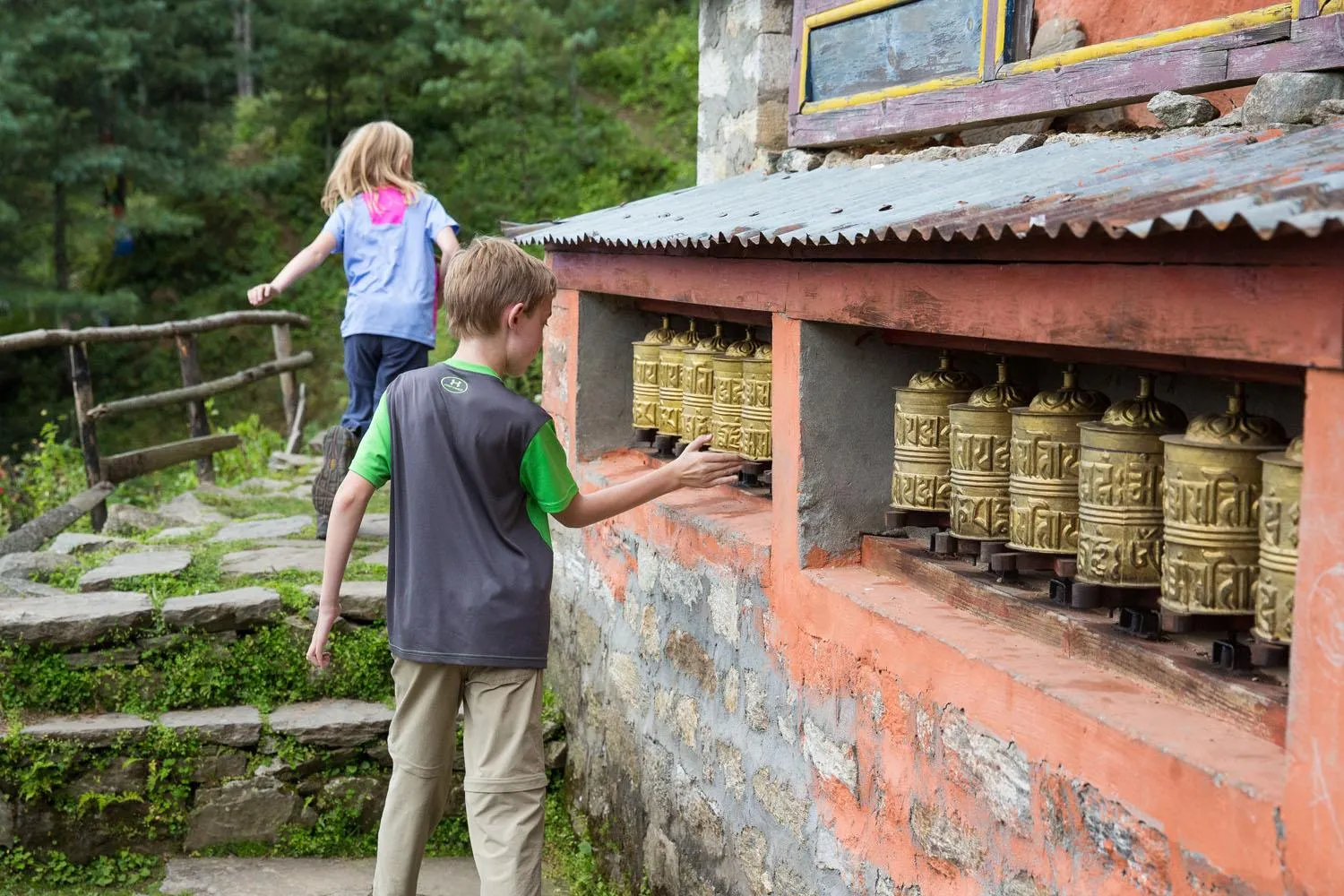
When to Go: Best Seasons for Family Trekking
Nepal’s two main trekking seasons — spring (March to May) and autumn (September to November) — are ideal for families.
Spring brings warm weather, blooming rhododendrons, and colorful landscapes that kids love.
Autumn offers crystal-clear skies and stable conditions, perfect for mountain views and easy walking.
Avoid the monsoon season (June to August) when trails become slippery and leech-prone, and winter (December to February) at higher altitudes due to the cold. However, lower-altitude treks remain pleasant year-round.
Preparing for the Trek: Gear, Fitness & Mindset
A family trek in Nepal can be one of the most rewarding experiences you’ll ever share. A little preparation goes a long way in making it smooth and enjoyable for everyone.
Physical Preparation
Before the trip, encourage your kids to go on gentle hikes or regular walks. This helps build stamina and gets them used to uneven terrain. Make it fun by turning it into small adventures — exploring local trails, playing outdoor games, or timing short uphill walks together. Building fitness as a family prepares everyone physically while strengthening your bond before the journey begins.
Gear Essentials
Packing the right gear makes a big difference. Choose child-sized backpacks that are light and easy to carry. Dress in layers so everyone can adjust to changing temperatures throughout the day. Don’t forget essentials like hats, sunscreen, reusable water bottles, and rain gear. Carry plenty of snacks — nuts, chocolate, or fruit can keep little trekkers happy and motivated.
If you’re unsure what to bring or where to get it, check out our Buying and Renting Gear guide for more helpful tips.
Mindset & Mental Preparation
Just as important as fitness is mindset. Talk to your children about what trekking is like — long walks, changing weather, and simple mountain lodges. Teach them about patience, teamwork, and respecting local customs along the trail. When kids know what to expect, they feel more confident and excited to take on the adventure.
Safety and Comfort Tips for Families
Trekking with kids in Nepal is generally safe, but preparation and awareness are key.
- Altitude: Stick to lower-altitude routes under 3,000 meters for younger children, and allow time for acclimatization.
- Guides and porters: Hire local professionals experienced in family treks. They can help carry bags and ensure safety.
- First aid: Carry essential medications, insect repellent, and water purification tablets.
- Food & hygiene: Eat freshly cooked meals and drink boiled or filtered water. Most teahouses offer kid-friendly options like noodles, soups, pancakes, and rice dishes.
- Pacing: Walk slowly, take regular breaks, and let the kids set the pace. Remember, it’s about enjoying the journey — not rushing to the destination.
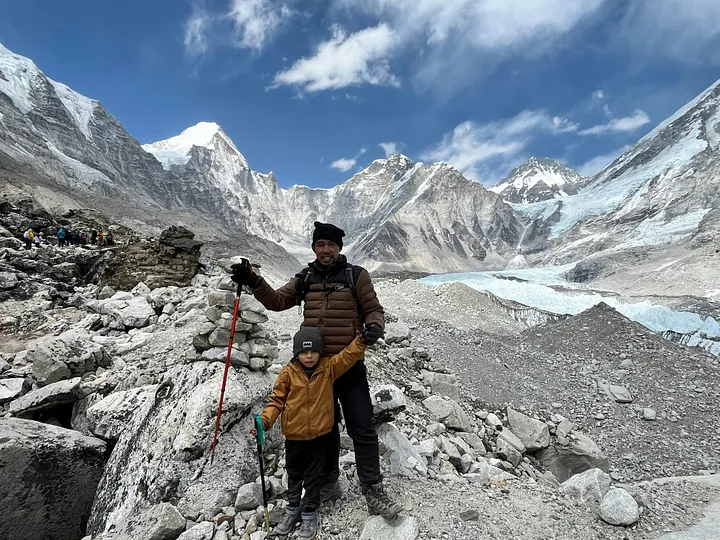
Cultural and Educational Value for Kids
Trekking in Nepal isn’t just a physical journey — it’s a cultural and educational adventure. Every day on the trail offers lessons that go far beyond the classroom.
Kids meet local families, see how people live in remote mountain villages, and learn the value of community and sharing. They might pick up simple Nepali words, watch food being cooked over a wood fire, or help make momo with their hosts. These small moments foster curiosity and appreciation for different ways of life.
Visiting monasteries adds another layer of learning. Monks often welcome families to observe prayers or talk about peace, kindness, and mindfulness. It’s a gentle introduction to Buddhism and the spiritual traditions that shape life in the Himalayas.
This kind of experience nurtures empathy, gratitude, and awareness. Kids discover how people can live happily with less — and how kindness and connection matter most. In many ways, trekking in Nepal becomes a living classroom filled with lessons that last a lifetime.
Accommodation and Food Options
Teahouse trekking makes family travel in Nepal both comfortable and flexible. Most lodges offer private rooms with warm blankets, clean beds, and either shared or attached bathrooms. Many teahouses have cozy dining areas with a fireplace — perfect for relaxing, reading, or chatting with other trekkers after a day on the trail.
Food is another highlight of the experience.
- Breakfast: Pancakes, eggs, and porridge are common and familiar.
- Lunch & Dinner: Homemade soups, noodles, and the classic dal bhat — rice, lentil soup, and vegetables — are filling and healthy.
Encourage kids to try local dishes. Nepali meals are mild and nutritious, ideal after a long day of hiking. For younger or picky eaters, most teahouses happily prepare simple options like pasta, fried rice, or potatoes. With such warm hospitality and wholesome food, even mealtimes become a special part of the adventure.
Responsible Trekking: Teaching Kids to Care for Nature
Trekking is also an opportunity to help children learn how to care for the environment. Here are a few simple ways to make your journey more eco-friendly:
- Carry reusable bottles instead of buying plastic ones.
- Avoid single-use plastics — bring snacks in reusable containers.
- Stay on marked trails and respect local plants and wildlife.
- Pick up litter together as a family activity to keep paths clean.
- If possible, plant a tree or take part in small community efforts.
These small acts not only protect Nepal’s fragile mountain ecosystem but also teach kids lifelong habits of care and respect for nature
For more insights on eco-friendly travel practices, you can also read our article, "Leave Only Footprints: Responsible Trekking in Nepal". A helpful guide to making your trek more sustainable and meaningful.
Final Thoughts: Making Lifelong Memories in the Himalayas
Trekking with kids in Nepal isn’t just an adventure — it’s a journey of connection, discovery, and joy. The mountains have a way of bringing families closer, reminding everyone of life’s simple pleasures — walking together, sharing laughter, and admiring nature’s beauty.
It might be watching the sunrise over Poon Hill, meeting kind-hearted locals in Langtang, or sipping hot chocolate in a cozy teahouse. These are the little moments that become lifelong memories.
So lace up your boots and start planning your family’s Himalayan journey. Because the best classroom — and the best adventure — is the one beneath the open sky.
